Nepal comprises relaxing and enjoying outdoor activities that are full of pleasure and fun. It is an adventurous Himalayan country that offers several sports opportunities.
All the adventure outdoor sports activities like bungee jumping, paragliding, zip flyer, mountain flights, white water river rafting, jungle safari, mountain biking, canoeing, rock climbing, etc, are prevalent open-air sports among the tourists traveling Nepal besides trekking and tours.
You can experience some of the most physically and mentally challenging action sports in exotic destinations of incredible Nepal. These outdoor activities have brought into view the importance of various places helping their subsequent developments.
Adventures in Nepal also provide travelers with the best tour and pleasure of adventure, leading them to explore door-to-door firsthand. Adventure sports outdoors in the country can be organized in all seasons.
Sightseeing tour in Nepal
The sightseeing tour includes history, fascinating art, and distinctive and varied architecture. Nepal’s natural beauty, typical tradition, and culture are famous for their uniqueness and charm. For a long time, Nepal has been a dreamland for tourists. Nepal invites, welcomes, and bewilders visitors.
Nepal is one of the best countries in the world for a cultural and historical sightseeing tour. With its long history, fascinating art, and distinctive and varied architecture, Nepal is a popular destination worldwide for trekking, mountaineering, whitewater rafting, wildlife safaris, and many other adventure activities due to its highly high Himalayan ranges and incredible biodiversity.
Nepal has a composite population stemming from various racial and ethnic communities. Nepalese people are renowned for the welcome and hospitality they offer visitors, and people often remember this experience more than any other. Nepal is a predominantly rustic society; its prosperous culture and ethnic diversity are best experienced in its villages.
Nepal’s sightseeing tour is an eccentric tourist’s paradise in every sense of adventure: Himalayas, river, religious, wildlife sanctuaries, monuments, temples, museums, cultural and world heritage sites.
Nepal is well known for some of the most spectacular, exciting, and breathtaking sights that can be found nowhere else worldwide. Our specific Sightseeing program allows its visitors to observe many rich Nepalese cultural traditions, a unique artistic world, and history.
Q. What is Nepal known for?
Nepal is known for Mount Everest, the highest Mountain in the world, and its spectacular natural beauty, which can be seen in its land, especially in hilly regions. Nepal is a country of exceptional biodiversity and a beautiful natural environment.
Religious tolerance is ever present with various gods and goddesses, numerous temples, Stupas, and monasteries, and it depicts people’s deep faith. It is an eccentric tourist paradise in every sense of adventure: the Himalayas, rivers, religious, wildlife sanctuaries, monuments, Temples, museums, cultural and world heritage sites. Also, it is the home of brave and legendary Gurkha Warriors. It is also known as a country with abundant Natural Water Sources.
Q. Why Trek in Nepal?
Largely inaccessible by road, combined with the well-worn foot tracks developed between villages over centuries, trekking in Nepal is the best way of seeing the Himalayas. It is a chain of the highest and youngest mountains on earth, and it encompasses a region of deep religious and cultural traditions and a fantastic diversity of people. The natural scenery, high mountains, incomparable cultural heritage, and numerous specialties have made Nepal a well-known destination in tourism maps.
The most rewarding way to experience this country’s natural and world-famous attractions is to walk through the country’s length, breadth, and altitudes with unforgettable life experiences. Mt. Everest, Annapurna, Kanchenjunga, Langtang, etc., are magnificent mountains in Nepal.
Q. Can I trek, or is traveling for me?
If you are reasonably fit and enjoy walking, you will find a trek in the program that suits you. So anyone with solid legs and the spirit for adventure to explore the exotic will enjoy the thrills of trekking in the hills of Nepal.
Typically, we have a list of short, easy, and exotic treks for weary trekkers, and for experienced trekkers, we offer a longer trek with lots of excitement and adventure. It is also worth remembering that if we are tailoring your tour, you can choose the pace and direction of your experience.
Q. Are you a licensed trekking agency?
Yes, we are a licensed trekking agency. We have been organizing tours, treks, and expeditions for our valued clients for a long time and have gained experience.
Q. When is the best season for the trek?
Nepal is a naturally beautiful country that enjoys pleasant weather around the year. We have two main seasons for trekking. The best months are September, October & November during the Autumn season, and March, April & May during the spring season are considered the best seasons for attempting trekking.
Q. Is a trekking permit required?
The Government of Nepal no longer requires a trekking permit for Everest, Annapurna, Langtang, and some other regions; however, conservation permits or National park permits are required for these regions.
There are few restricted trekking areas here, where trekking permits are required. Trekking permits are quickly issued by the Department of Immigration Office in Kathmandu and Pokhara.
Q. Can I obtain my VISA upon arrival in Nepal?
You can obtain your entry visa upon arrival at Tribhuvan International Airport in Kathmandu. You can also get your visa at a consulate in your home country. The tourist visa shall be granted for 150 days in a visa year.
Q. Do I need a guide?
No matter how experienced and fit you are in outdoor adventures. It is essential to have an orientation to a new area. Hiring a porter and a guide can significantly improve your trek experience in Nepal, especially if this is your first time traveling on less frequented trails.
A qualified guide is a minimum safety requirement and can also enhance your enjoyment and understanding of the region as they double as companions and interpreters. If you decide to hire a porter and a guide, remember that you are their employer and thus should take full responsibility.
Our experienced guides also teach tourists about the country’s lifestyle, culture, tradition, history, and nature. They also assist our guests with issues like first aid, Acute Mountain Sickness (AMS), emergency procedures, and rescue methods.
Q. What sorts of Guides do you have?
Our guides are trained in first aid and know how to handle any situation. All our guides speak fluent English and are happy to share their deep knowledge of the country and beauty of this country with you.
Q. What about security during trekking?
The security of our clients is foremost and essential to us. All our guides and other support crew are carefully chosen for your trips. Our guides hold licenses issued by the Government. They are sincere and reliable. But we would also advise you to take care of your personal belongings.
Q. Is it possible to alternate or change the day trips?
You can change the day trip as promised by consulting your guide.
Q. Where Can I get more information and maps?
A travel/trek guidebook is best for more information. Maps are available in bookstores around Pokhara, Kathmandu, and other famous places.
Q. What Types of Trekking can I do in Nepal?
You can trek in the Himalayas of this magnificent country in different ways, from easy trekking to challenging ones, where you can stay in a locally designed simple Tea House via Tea House Trek and Camping Trek; our experienced staff created a Tent.
Tea House Trek is a trek during which you stay overnight in Tea Houses at the end of each trekking day. Tea House combines guest houses, restaurants, and social hangouts.
Q. What is the best time for trekking?
Nepal’s geography and climate diversify the country, so a nature lover can always make it his destination for trekking year-round. Typically, four seasons are considered in Nepal, each offering a particular attraction.
The best time for trekking is autumn (October-November) and spring (end of February-April). Short treks and some tea house treks can also be made during winter.
Q. What type of insurance should I have? Can I get there?
Check your insurance and whether you have both medical and evacuation insurance. It would help if you carefully choose a policy, as some make notable exceptions for adventure travel. Let us know if you need that for the trip, and we will provide it. That means you can get here as well. But it is better to arrange your insurance in your country before traveling.
Q. What will I do if I suffer from altitude or any sickness?
Our guides are trained to spot any signs of altitude sickness and know how to deal with it. You will be transferred to the nearby health post if the case is severe. If you are not cured, you will be immediately taken to Kathmandu by helicopter and shifted to the Hospital. Every Client should have their insurance before coming here in an emergency.
Q. What is your cancellation policy and terms or conditions?
If our clients cannot make their trip or want to cancel it due to any problematic circumstances, Above the Himalaya Trekking takes 20% of the booking amount, which is non-refundable. However, the Client can postpone their traveling date and do different activities. You can check our terms and conditions page for the details.
Q. Is there an electricity facility during the trek?
Most trekking areas like Annapurna, Everest, Langtang, Dhaulagiri, Mustang, and Manaslu have an electricity facility. You can charge your camera batteries.
Q. Is there any communication while we are trekking?
Many villages have telephone facilities along the popular trekking routes, from which you can make international calls. You can also use your cell phone in significant cities in this country.
Q. What kinds of banking facilities are in Nepal?
Nepal has modern banking facilities; some international banks even have offices in Kathmandu. Almost all foreign currencies and credit cards, such as American Express, Visa, and Master cards, are accepted here. Moreover, we also have ATM facilities.
Q. Does Above The Himalaya accept credit cards?
Above The Himalayas, Trekking accepts American Express, Visa, and Master cards. When you pay in Nepal, we kindly request that you pay in cash, as the bank charges for credit cards are high.
Q. Do you know how many hours we walk daily on the trek?
Trekking in the Mountain means you must be in good health and physical condition. Most days have four to five hours of walking, but some days are up to seven hours.
Q. What’s the currency of Nepal?
Currency is spelled as Nepalese or Rupee (Rs) or, in short, NRS. 100 Paisa equals 1 Rs. Nepali Notes are 1000, 500, 100, 50, 25, 10, 5, 2, and 1 rupees, and coins are rarely used.
Q. How to Enter Nepal?
To fly directly to Nepal from your home country, Tribhuvan International Airport (TIA) in Kathmandu is the only international airport here. Alternatively, traveling overland to Nepal via India is an option if you have time and enthusiasm. The crossing between Nepal and Tibet via Kodari is only open to organized groups but not to individual travelers heading north.
Q. How Should I dress during a trek?
The clothing you bring must allow for both the warmth of the days and the chill of the nights. While trekking during the day at lower altitudes, lightweight trousers and T-shirts are recommended. Carrying a waterproof jacket and warmer clothing with you is always a good idea, though mountain weather is unpredictable.
Q. Do you provide any equipment while trekking?
All kinds of equipment required for your trekking or tours will be managed for you, such as ropes, Axles, sleeping bags, etc., on the payment of the nominal cost.
Q. Can I bring my medication with me?
Yes. Bring prescriptions and medications in their original containers to avoid hassles with customs inspection.

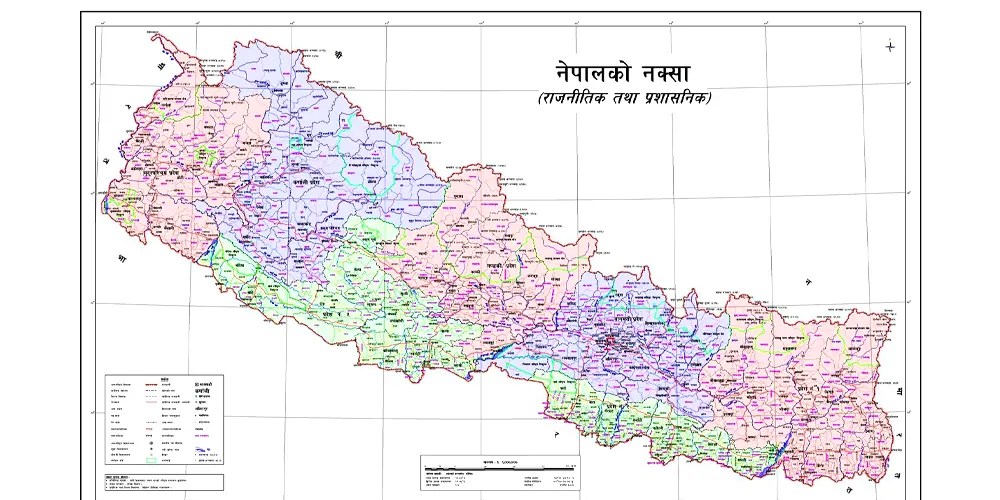
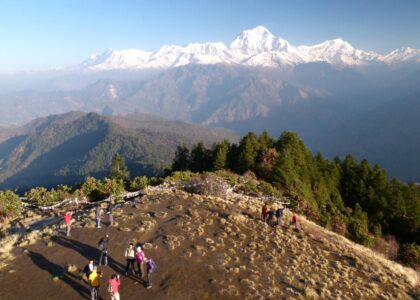
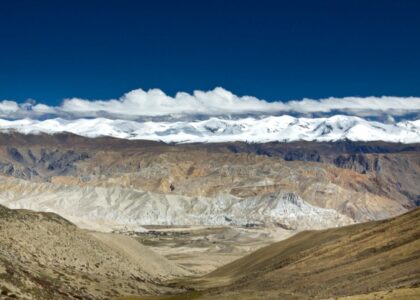

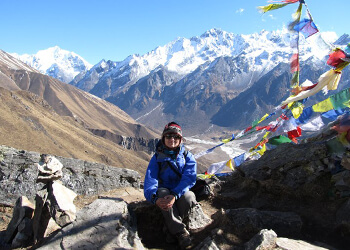
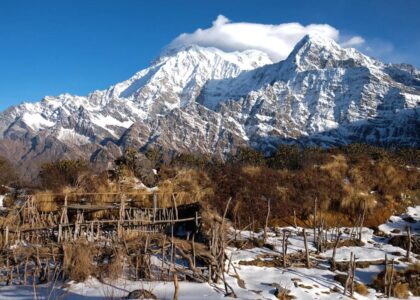
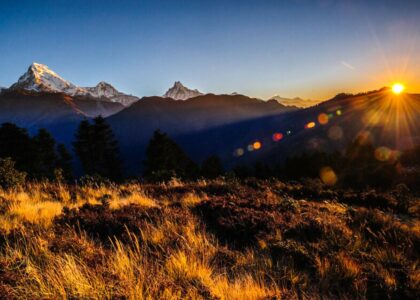

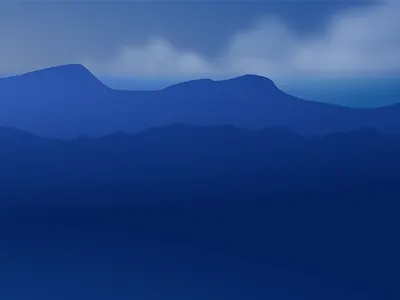
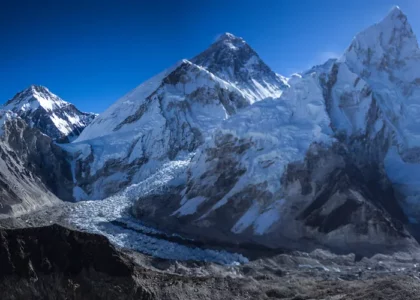
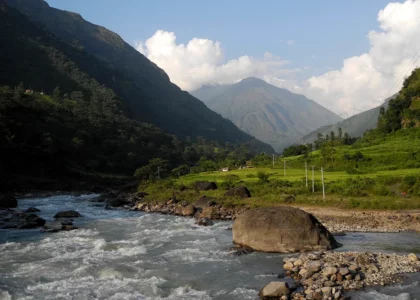
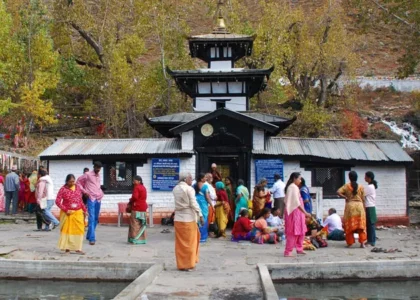
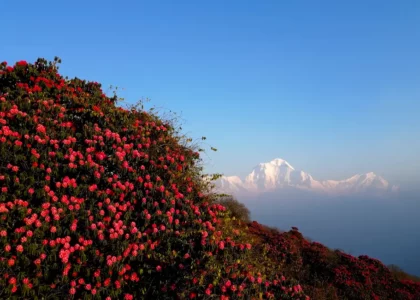
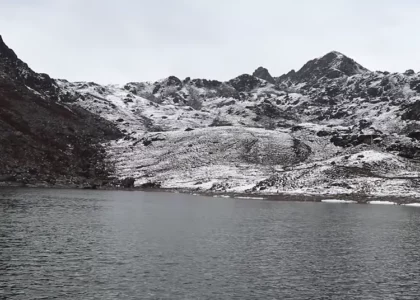
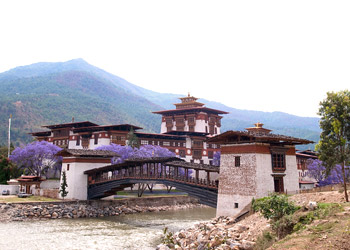
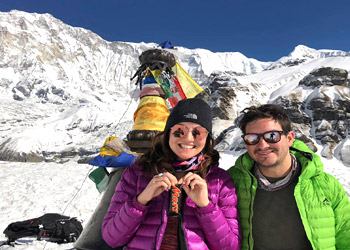
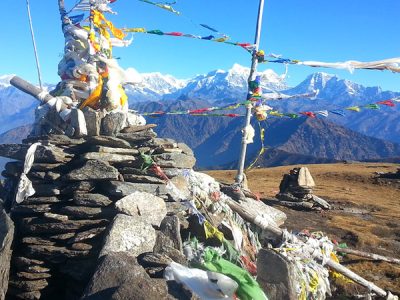
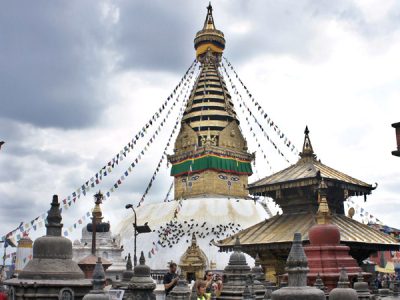
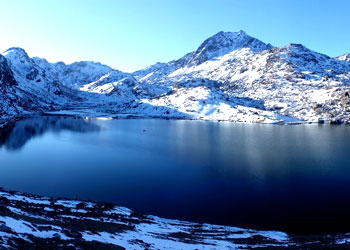
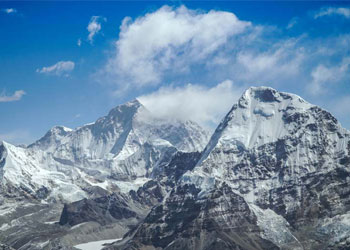
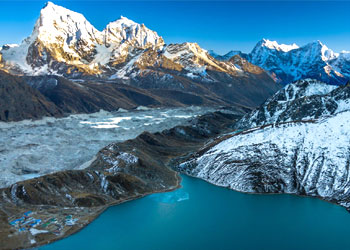
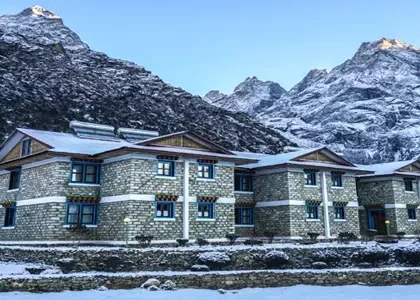

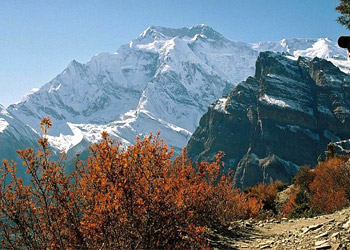
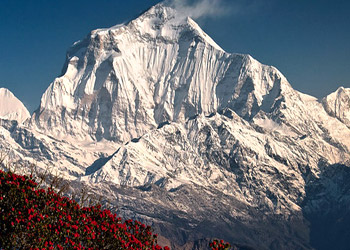
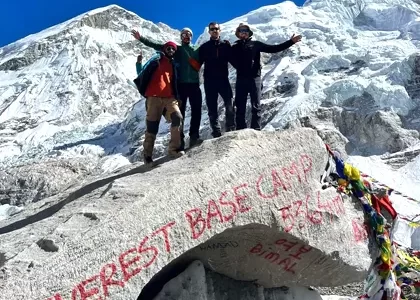

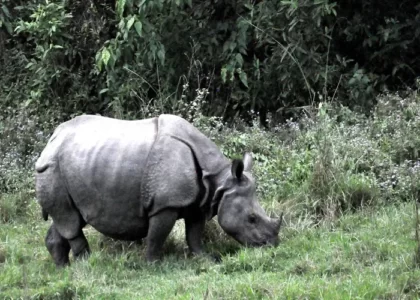
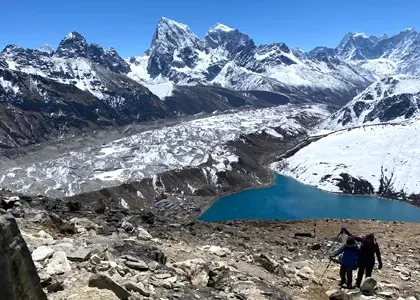
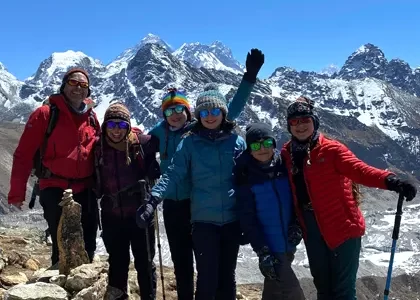
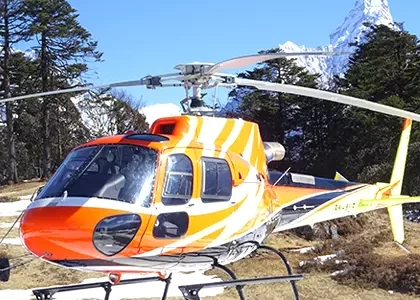
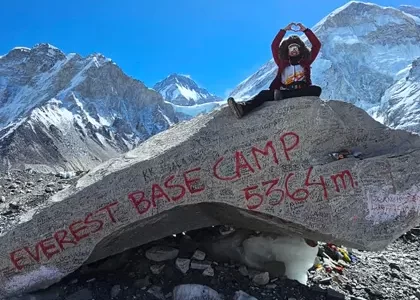
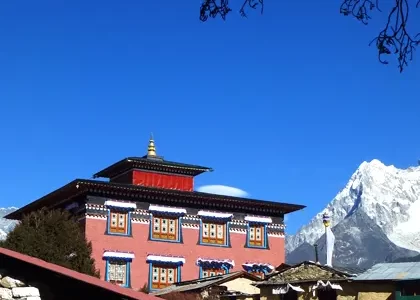
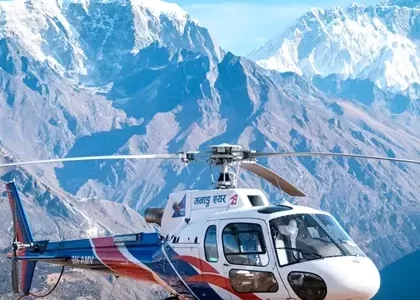
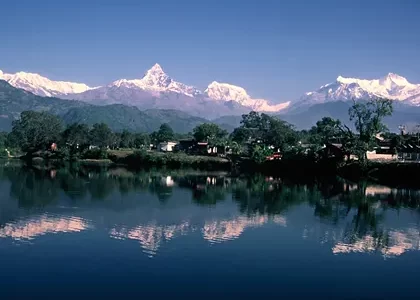
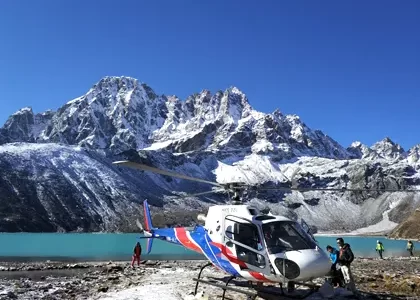
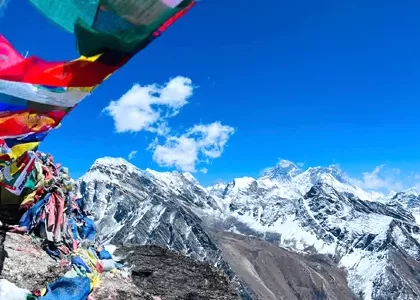
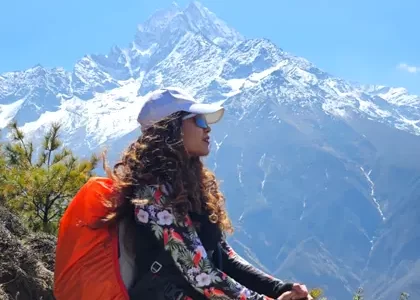
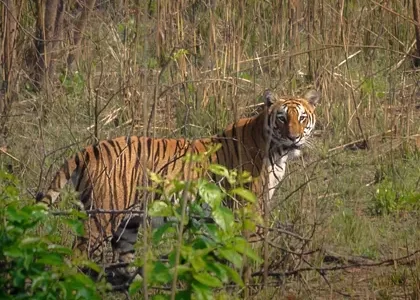
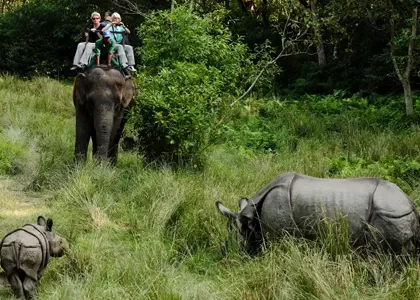
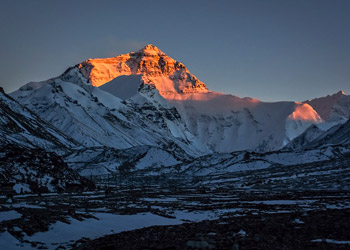

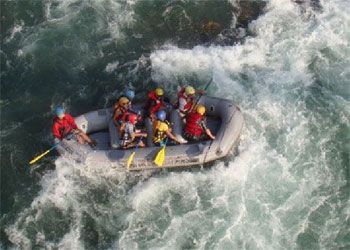
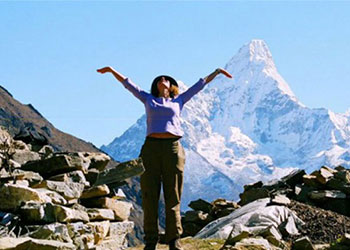
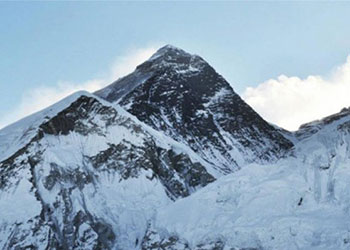
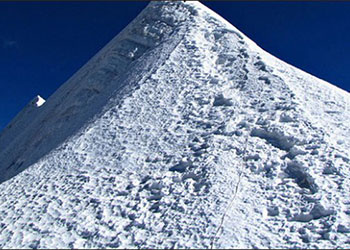
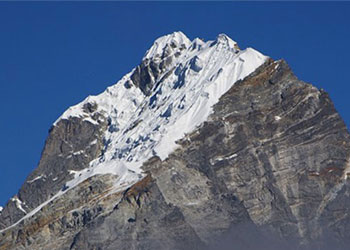
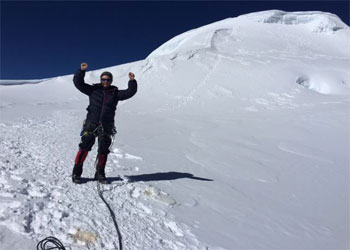
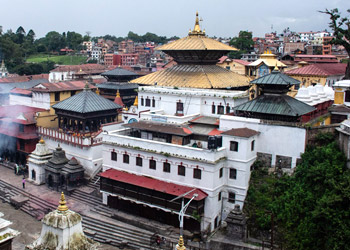
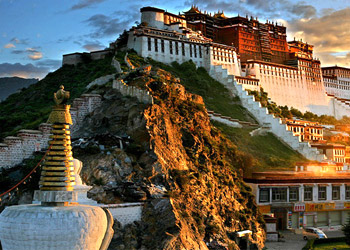
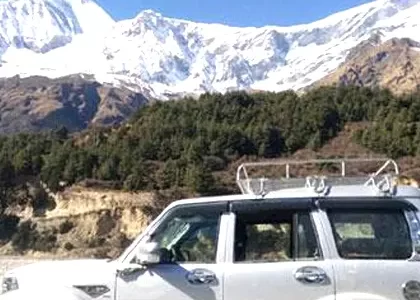
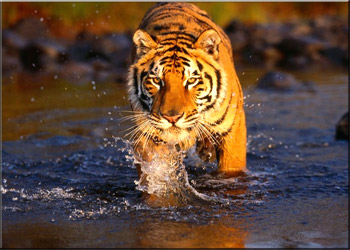
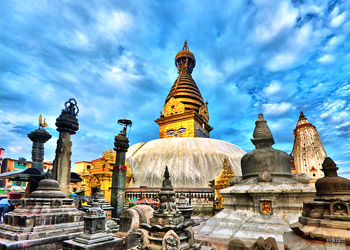
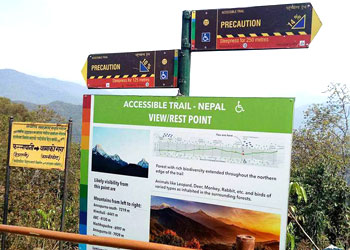
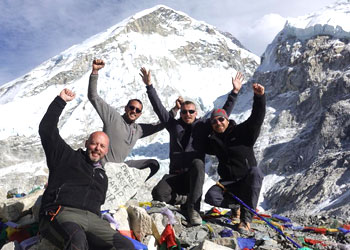
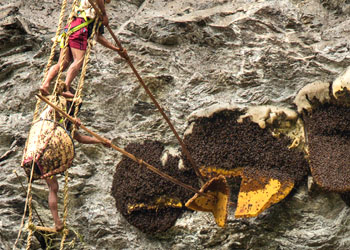
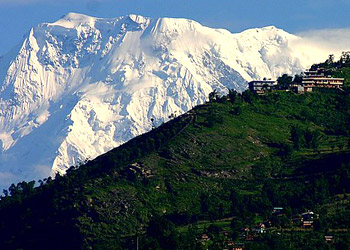
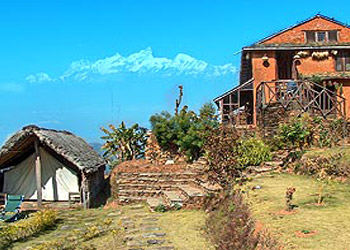
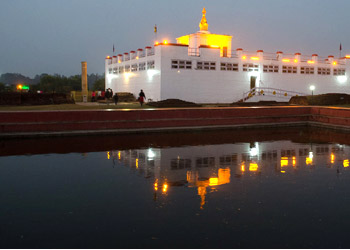
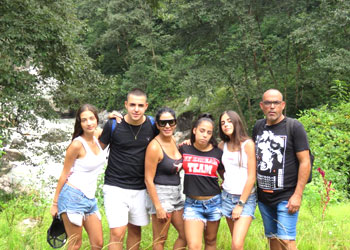
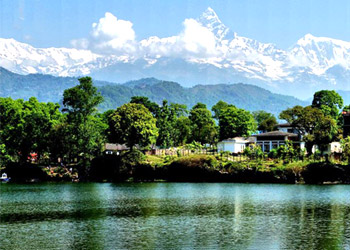
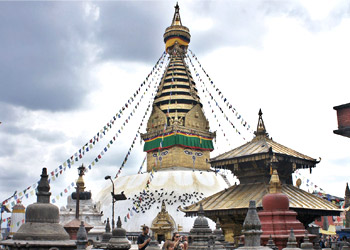
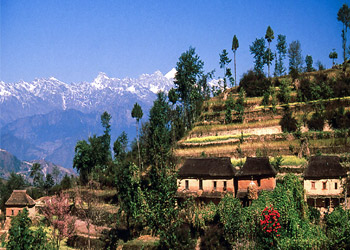
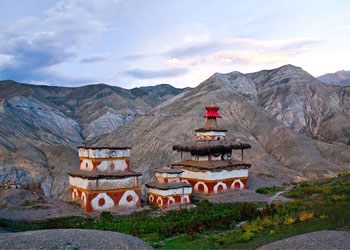
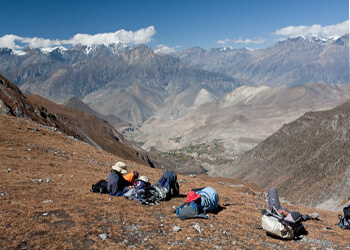
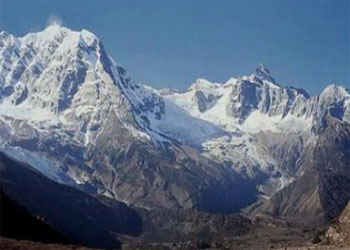
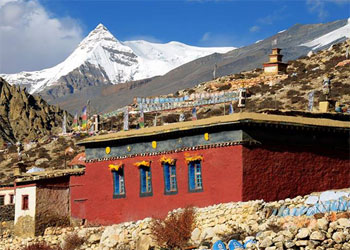
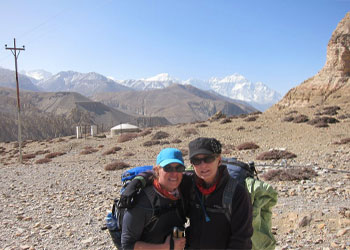
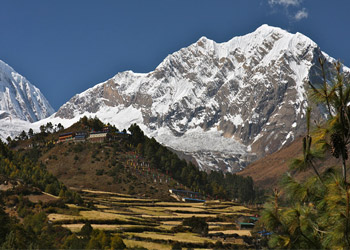
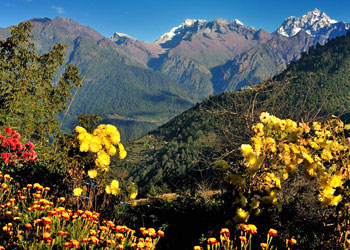
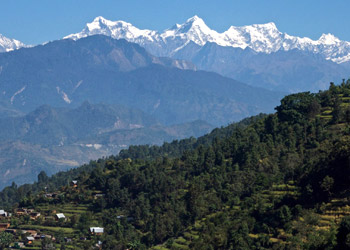
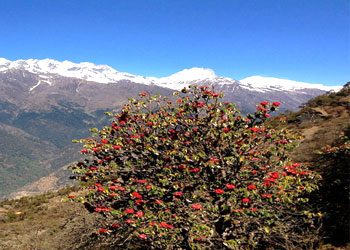
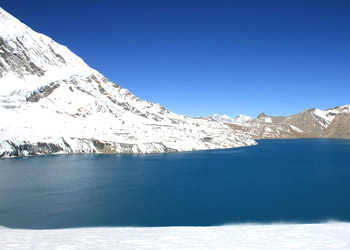
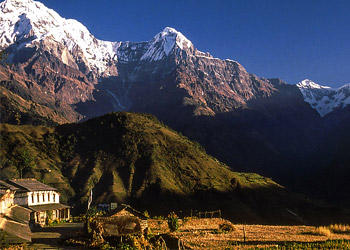
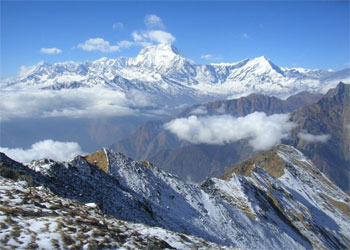
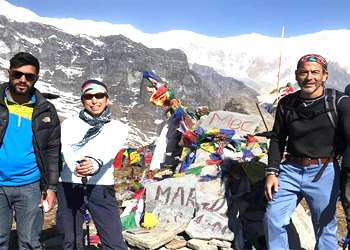
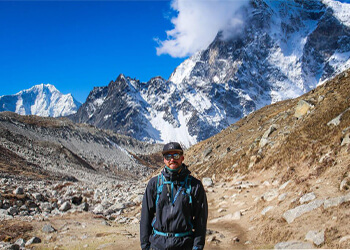
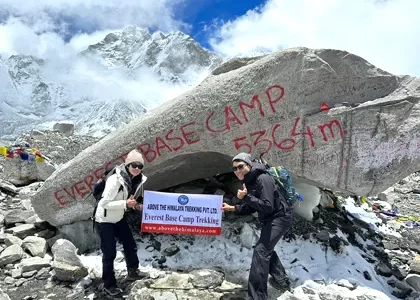
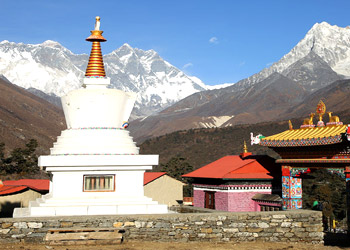
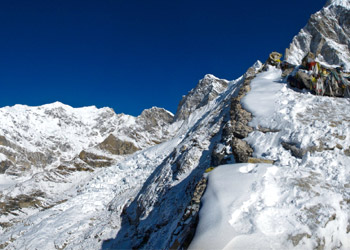
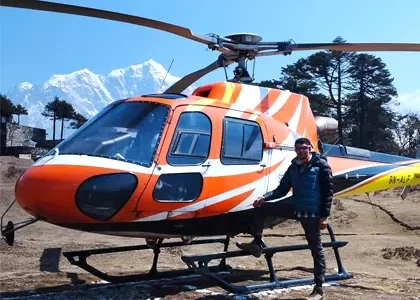
 Have Questions?
Have Questions?







